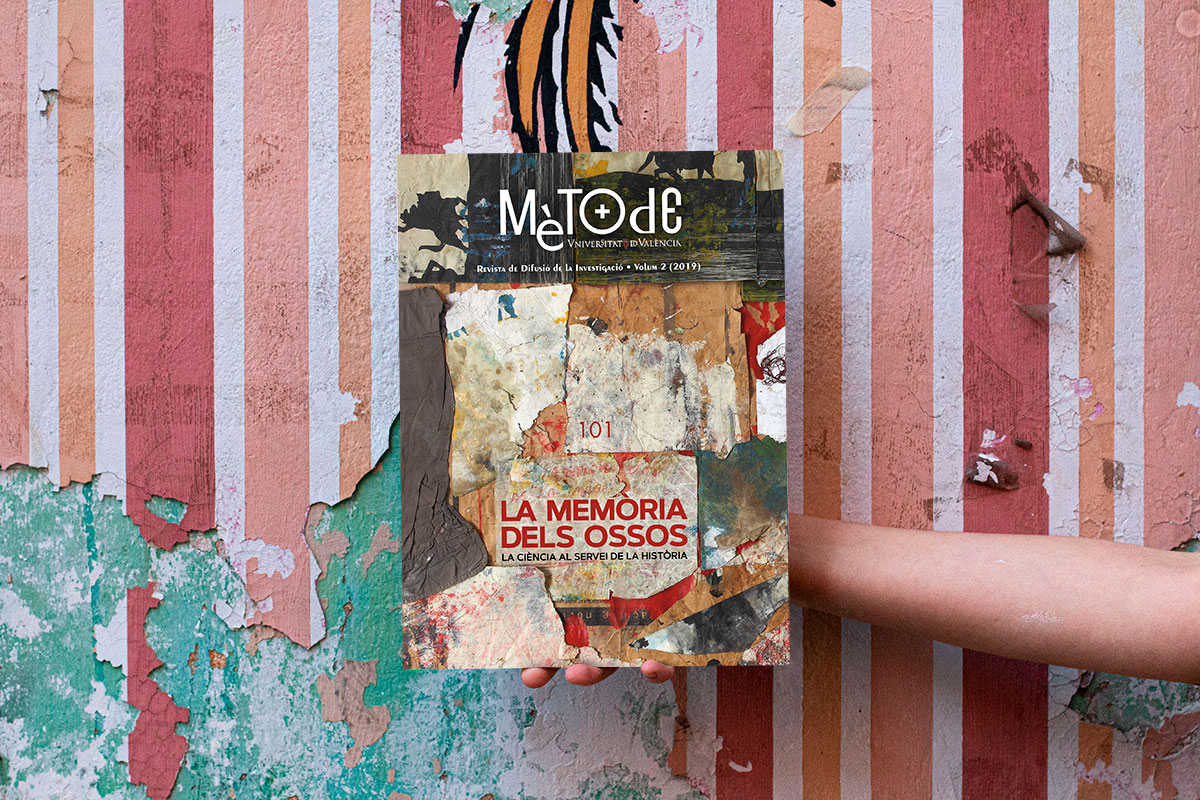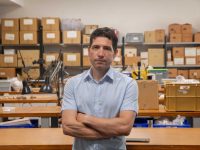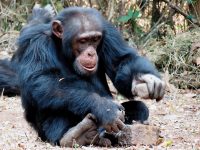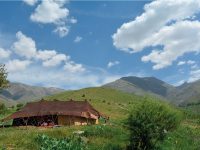‘Memory written on bones’, new Mètode monograph
Monograph 101 delves into forensic science and its contribution to historical memory

Now that issue 100 has come and gone, Mètode continues its trajectory with a new monograph devoted to the role of science in the recovery of historical memory; specifically, thanks to forensic sciences. «The memory of bones. Science at the service of history» includes a diachronic component that helps us to understand the essential contributions of forensic sciences. Thus, the monograph opens with the coordinators of the issue, Elisa García-Prósper and Manuel Polo-Cerdá, talking about the origins of Roman Valencia through the study of the old necropolis on Quart Street. They are followed by the osteology expert and professor at the University of Coimbra Ana Luisa Santos, with a paper about identified osteological collections, i.e., sets of human bones whose origin and background are known, and which are therefore useful for the development of identification techniques from bone remains. Nicholas Márquez Grant and his team at Cranfield University take the leap to current efforts to recover and identify human remains from soldiers killed in World War I, while forensic doctors Francisco Etxeberria and Fernando Serrulla analyse the legal framework for the exhumations of Spanish Civil War graves, and present a surprising case of brains recovered from a mass grave in Burgos. Finally, Ángel Carracedo and Mercedes Aler Gay tell us about the latest advances in techniques to decode DNA from human remains in different states of conservation.
The Valencian artist Alex Francés illustrates the monograph with a number of compositions that evidence his particular view of the passing of time and memory through sets of fabrics, textures, and objects that appeal to all five senses.
New subjects and new voices
One of the most outstanding changes in this new issue of Mètode is the introduction of new authors in charge of our sections. This is the case with Xurxo Mariño, neurophysiologist and professor of the University of A Coruña, who opens his «Dark Matter» section by analysing a historical case to make us reflect and be aware of our own selves. Furthermore, the genetics professor Gemma Marfany writes «Genes and origins», where she will apply her great communication skills to discuss genetics and science dissemination. Enric Marco, professor at the Department of Astronomy of the University of Valencia, presents «Trench astronomy», where he observes the sky with both feet on the ground. Finally, the FISABIO researcher M. Alma Bracho opens the doors of «Invisible monsters» reflecting on the striking case of prosopagnosia. Her section will deal with viruses, pandemics, and other curious phenomena.
On the other hand, and as usual, the front of the volume includes lots of interesting content, with an article on the characteristics of open access publishing, a report on the wildlife at the low course of the Mulula river in Morocco, a text by David Bueno about the secrets of the epigenome, and two interviews: one with author and science communicator Dava Sobel, and the other with the author and scientist Robert Saposlky.





